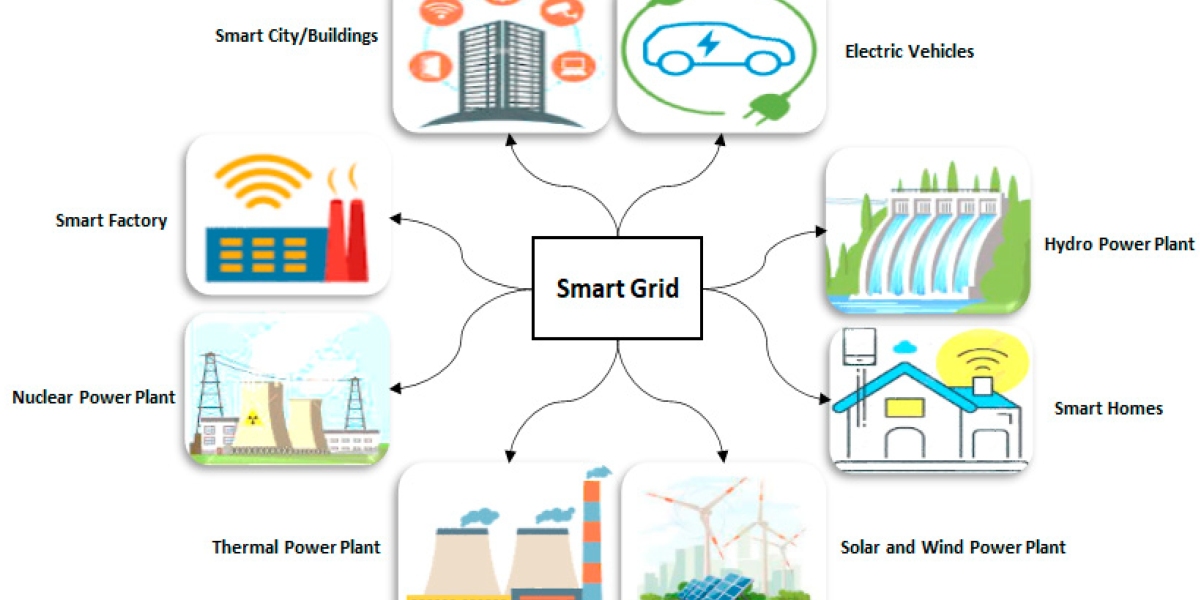In modern web design, the little details often make the biggest impact. Borders, for example, may seem like a simple element, but they can dramatically affect the look and feel of your website. One of the most underrated yet powerful CSS properties is the CSS border image. This feature allows developers and designers to replace boring, solid borders with creative, image-based designs that elevate a website’s aesthetics.
Whether you are a freelancer polishing up your personal portfolio, a developer working with enterprise clients, or a design enthusiast looking for the next cool trick, understanding how to leverage CSS border image can give your projects a unique edge. In this guide, we’ll break down how border images work, why they matter, and how they connect with broader areas like typography choices and custom front end development services.
What Is CSS Border Image?
The CSS border image property allows you to use an image as the border of an HTML element. Instead of relying on traditional styles like solid, dotted, or dashed, you can slice up an image and apply it as a border. This feature is particularly useful for creating decorative frames, custom patterns, or branded website elements.
The property is defined as follows:
Here’s what happens:
bordersets the base thickness of the border.border-imageuses the image (border.png) and slices it into nine parts (four corners, four edges, and the center).The
30value defines how the image is sliced.The keyword
roundtells the browser how to repeat or stretch the slices along the edges.
With these simple rules, you can transform any element into something visually stunning.
Why Use CSS Border Image?
Branding Consistency – If your brand has unique graphical elements (patterns, textures, motifs), you can integrate them into borders for buttons, cards, or containers.
Design Creativity – Move beyond standard lines and create designs that pop with personality.
User Engagement – Thoughtful design often keeps users on a site longer. A well-designed border image can guide attention to CTAs or highlight key content.
Lightweight Styling – Instead of loading heavy JavaScript or SVG libraries for decorative borders, you can accomplish a lot with CSS alone.
Examples of CSS Border Image
1. A Decorative Frame
This approach works beautifully for photo galleries or product images, giving them a scrapbook-like vibe.
2. A Gradient-Inspired Border
You can also generate images (like gradients) and apply them as border images:
This blends the power of CSS gradients with border styling.
3. Themed Borders for Sections
Imagine an e-commerce site selling eco-friendly products. You could use leafy borders to align with the brand theme, implemented easily with CSS border image.
Connecting Border Images With Front-End Development
While CSS border image is an exciting tool on its own, it doesn’t exist in isolation. In professional projects, design is always a part of a larger ecosystem. This is where custom front end development services play a role.
When you work with a front-end team, you’re not just getting coding expertise—you’re getting specialists who understand design systems, user experience, and performance optimization. A team offering custom front end development services can integrate techniques like border images into larger, scalable design frameworks. They ensure that:
Border images don’t break responsiveness.
The assets used (PNG, SVG, or gradient) are optimized for performance.
Accessibility isn’t compromised (e.g., ensuring contrast is maintained).
Branding remains consistent across web and mobile platforms.
So while experimenting with border images is fun, making them production-ready often requires the touch of professionals who can tailor solutions for your business goals.
Don’t Forget Typography: The Role of Fonts
Borders aren’t the only subtle detail that impacts design. Fonts are equally—if not more—important. When coding, developers spend hours looking at text, which makes typography a vital part of productivity and readability. That’s where the best programming fonts come into play.
Some of the most recommended programming fonts include:
Fira Code – Popular for its support of programming ligatures.
JetBrains Mono – Clean, modern, and easy on the eyes for long coding sessions.
Cascadia Code – Developed by Microsoft, comes with excellent ligature support.
Source Code Pro – Lightweight and highly legible, designed by Adobe.
Monaco – A classic, beloved for its crisp appearance.
Choosing the best programming fonts improves code readability, reduces eye strain, and ultimately boosts developer productivity. It’s a reminder that even small design details—whether it’s typography or CSS border images—can have a big impact.
Best Practices for Using CSS Border Image
To get the most out of this feature, follow these tips:
Use High-Quality Assets
Ensure your border images are crisp, lightweight, and appropriately sized. Consider SVGs for scalability.Test Responsiveness
Borders may look great on desktops but could distort on smaller devices. Use relative units or test thoroughly across screen sizes.Maintain Accessibility
Don’t sacrifice readability for aesthetics. Make sure border images don’t reduce content contrast or readability.Keep Performance in Mind
Large images can slow down load times. Compress assets and use modern image formats (like WebP) when possible.Blend With Brand Identity
Don’t use border images just because they’re cool—use them because they reinforce your site’s story and design language.
Final Thoughts
The CSS border image property is more than just a design gimmick—it’s a powerful way to make websites feel unique and engaging. When paired with thoughtful typography (like using the best programming fonts) and implemented through expert custom front end development services, border images can elevate digital experiences to a whole new level.
In the ever-competitive digital landscape, small details can set your website apart. Whether you’re styling buttons, highlighting content sections, or creating playful frames, CSS border image is a feature worth mastering.
By combining creativity with technical expertise, you can ensure your designs are not just beautiful but also functional, accessible, and aligned with your brand’s vision.









